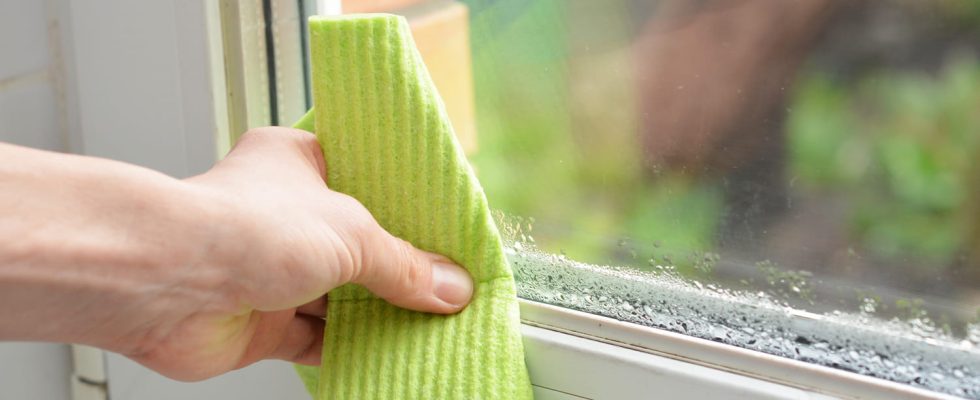In winter, condensation on windows is a common problem. Here is a solution to avoid wiping the windows every morning.
Condensation on windows is a common problem, especially during the winter months. This accumulation of water droplets can not only obscure the view through windows, but also create moisture problems in the home, promoting mold growth and surface deterioration. For many, finding an effective and lasting solution to this problem can seem like a constant challenge.
And yet, an inexpensive product that we all have at home promises to be a game-changer. This is dishwashing liquid. Many Internet users praise the effects of this product on the Facebook page of cleaning pro Mrs. Hinch. We can read in the comments, “put a little dishwashing liquid on a cloth and wipe the place where the condensation is, it will stay away for a few days”, advises one member of the group to another who had this issue. Another echoed this advice, writing: “put dishwashing liquid on a damp paper towel, wipe, then leave it, it works for me, it will last three weeks.”
To put this method into practice, simply mix a few drops of dishwashing liquid with lukewarm water in a spray bottle. Lightly spray this solution over the entire surface of your windows and wipe with a clean, dry cloth. Be careful not to use too much product, as this may leave streaks or residue on the glass. Once cleaned, windows should remain condensation free for approximately three weeks.
After three weeks, you can put a little hot water and a drop of dishwashing detergent on a cloth and wipe your windows where the condensation appears. No need to clean them completely. One explanation for the effectiveness of this technique is simply that the dishwashing liquid forms a barrier on the surface of the windows that prevents water from adhering to them. So, in just a few minutes, you can put an end to condensation on your windows, which can be the cause of more serious problems with humidity and mold.
